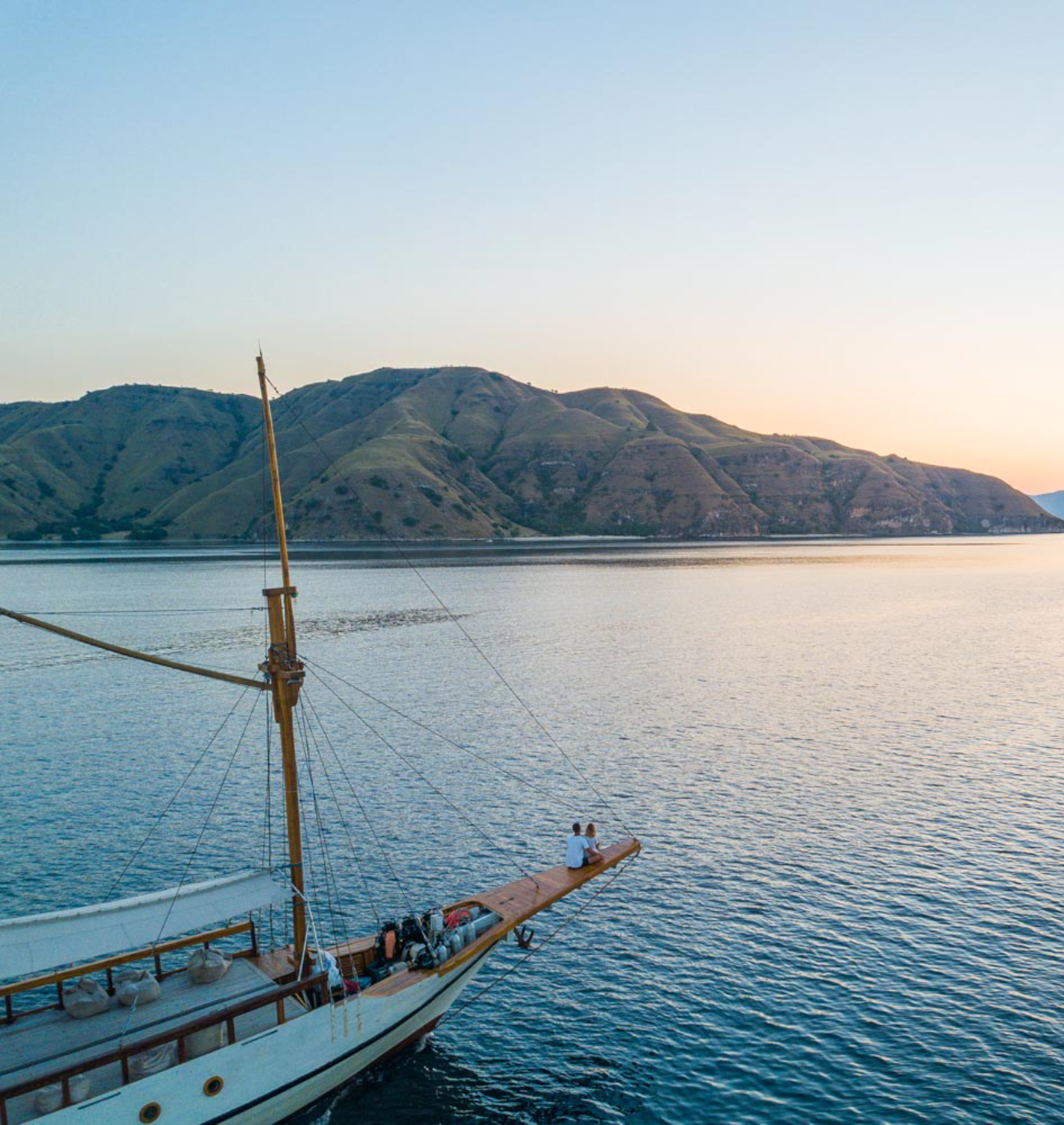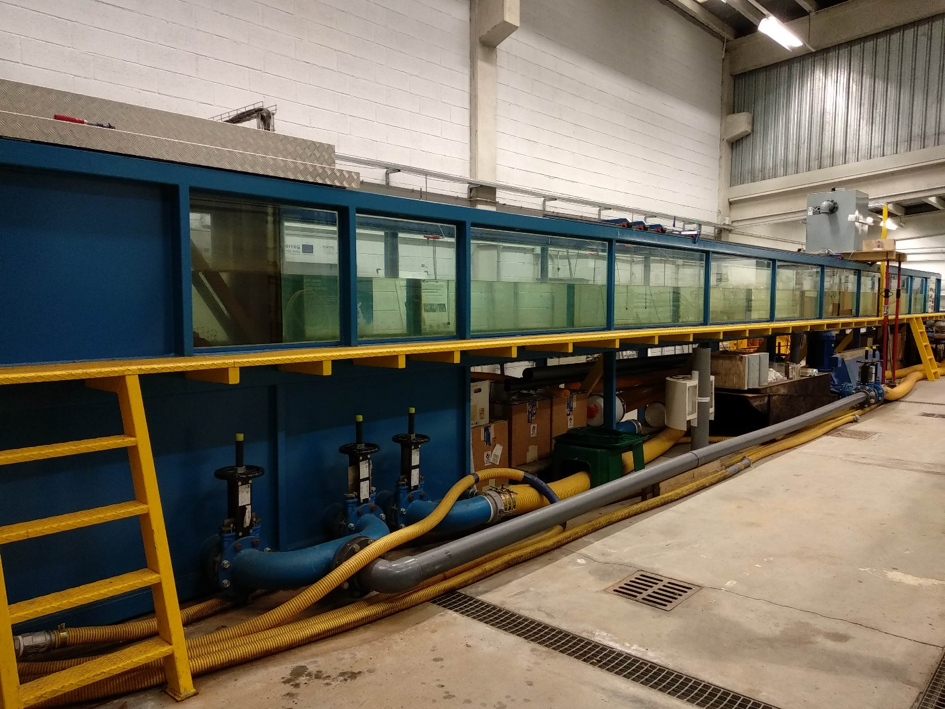Each Work Package contains actions with specific and detailed descriptions, deliverables and output results, as well as indicators and expected results.
WP6: Technical viability studies of different MRE integrated at case-study ports
Start date
01/03/2020
End date
30/04/2021
Duration
14 months
Partner’s involvement
- Partner responsible: Fundación Instituto de Hidráulica Ambiental de Cantabria
- Universidad do Porto
- Universidad de Santiago de Compostela
- Ecole D’Ingenieurs En Génie Des Systèmes Industriels
- Universidad de Oviedo
- University of Plymouth
- Instituto de Ciência e Innovaçao en Engenharia Mecânica e Engenharia Industrial
- Fundación Instituto de Hidráulica Ambiental de Cantabria
- Administração dos Portos do Douro, Leixões e Viana do Castelo, SA
- Autoridad Portuaria de Vigo
- INNOSEA
- University College Cork, National University of Ireland, Cork
- Shannon Foynes Port Company
About this Work Package
WP6 is coordinated by IHCantabria with the collaboration of UPorto; USC; EIGSI; Uniovi; UoP; INEGI; Administração dos Portos do Douro, Leixões e Viana do Castelo, SA; APVigo; INNOSEA; UCC, MaREi; and SFPC. It has a duration of 14 months, starting in March 2020 and ending in April 2021.
The innovative technologies selected at WP5 to harness the energy of waves and currents are subjected to R&D to optimize their performance at the chosen installation sites. Two Wave Energy Converters for integration in port/coastal structures and one in-Stream Energy Converter are studied: WEC1, WEC2 and SEC.
These R&D studies involve the experimental testing of large-scale models of the selected advanced technologies. Results of this analysis are used to calibrate and validate numerical models to optimize the performance of the technologies. To minimize resource intermittency, energy storage options are studied.
The energy production of the devices, after adaptation to the conditions of their respective installation sites, is computed using the high-resolution resource characterization of WP5 and the power matrixes of the optimized devices. Artificial intelligence is used to forecast, for each technology, the power generation at ports as well as the air pollution reduction due to the use of RE.
Finally, the potential benefits of considering other RE resources are evaluated.
Temporary failures in the testing facilities are the main risks for this WP. A sufficiently ample temporalization of the works and the large set of experimental facilities provided by the partners mitigate any consequences.

Actions in Work Package 6
Action 1: Evaluation and optimization of WEC1 pilot technology
Start date: 03/2020
End date: 10/2020
Within this action, WEC1 is studied in detail using 2D and 3D experimental tests (UPORTO multidirectional wave basin) to optimize its performance for the conditions of Port of Leixões (defined in WP5). The models include the PTO system and allow the implementation and testing of control strategies, to enhance performance (INEGI). Experiments provide data for calibration/validation of numerical models. A broad range of conditions is simulated to allow extrapolation of results to other AA ports.
As a result, the proven WEC technology adapted and optimized to harness wave energy at the target port will be defined (optimization by geometry modification, PTO design and implementation of proper control strategies), having the technology demonstrator ready.
Coordination: UPORTO
Action 2: Evaluation and optimization of WEC2 pilot technology
Start date: 03/2020
End date: 10/2020
In this action, WEC2 is studied in detail using 2D experimental tests (USC wave flume) to optimize its performance for the conditions of the selected application site within the Port of Vigo area of jurisdiction. The models include the PTO and allow the implementation and testing of control strategies, to enhance performance. Experiments provide data for the calibration/validation of numerical models.
At the end of this action, the proven WEC technology adapted and optimized to harness wave energy at the target port will have been defined (optimization by geometry modification, PTO design and implementation of proper control strategies), having the technology demonstrator ready.
Coordination: USC

Action 3: Evaluation and optimization of SEC pilot technology
Start date: 03/2020
End date: 10/2020
In this action, numerical and physical modelling will be applied to optimize one technology for harnessing river and/or tidal stream energy in the Shannon Foynes Port, Ireland. Numerical modelling is used to improve the performance of the technologies, including the PTO, structural elements and foundation protections. A pilot of the technology is tested in a wave-current flume (USC) to obtain experimental data to validate and calibrate the numerical models.
At the end of this action, optimized technologies for harnessing tidal and river stream energy in ports will be available for their implementation in AA ports, being the technology demonstrator ready.
Coordination: USC and UniOvi
Action 4: Development of advanced energy storage systems for renewable energy integration
Start date: 05/2020
End date: 12/2020
Within this action, energy storage systems will be studied to minimize the impacts of MRE resource intermittency and maximize effective power utilization and its integration in the port electrical grid. The combination of different Res minimizes issues but is not enough. Hence, the use of temporarily energy storage is considered (off grid solutions) as well as the grid connectivity and how that is effectively achieved.
As a result of this action, the energy storage systems that present the higher application potential at AA ports will be defined and pre-designed.
Coordination: EIGSI
Action 5: Computation of integrated MRE production at the target ports
Start date: 09/2020
End date: 04/2021
In this action, the energy production of WEC1, WEC2 and SEC pilots will be estimated by combining the available energy resources (WP5) with the performance matrices of each optimized technology. Wave-to-wire (WW) numerical models, including the hydrodynamics of the device and the performance of the PTO, will be used, but artificial intelligence (AI) will be also applied to robustly forecast the power generation for each technology.
The outcome of this action will be an innovative high-resolution methodology to easily forecast the energy supply of ports with marine renewables at ports in the AA. The generated codes will be integrated in the SSD in WP7.
Coordination: Universidad de Oviedo
Action 6: Potential of other harvestable renewable energy resource at the case study ports
Start date: 09/2020
End date: 04/2021
Within this action, the pertinence of other resources as competitors or to complement the selected MRE will be analyzed (small, low environmental impact, tidal barrages; onshore wind within the port area; and solar energy). In addition, one more resource will be selected based on the results of WP5 (Action 4) from: seawater air conditioning; biomass (marine or waste of port activities); osmotic power. Besides, an estimation of the air pollution reduction and technical potential will be obtained.
From the action, the relevance of other renewable energy resources will be assessed as well as the pertinence of its inclusion in the target ports energy mix. Greenhouse gas reduction will be estimated and each technology will be analyzed in detail (with the potential collaboration of its developers).
Coordination: INNOSEA.






